Do you have a question about the Dell EMC VxRail Appliance and is the answer not in the manual?
Describes physical components like nodes and chassis of the VxRail Appliance.
Explains the VMware vSphere software suite as the foundation for the VxRail Appliance.
Details vCenter Server's role as the primary management point for virtualization and vSAN storage.
Describes the ESXi hypervisor's function in deploying and servicing VMs on cluster nodes.
Explains vSphere virtual networking capabilities and the use of VDS in VxRail.
Details vSAN for enterprise storage, its features, and benefits like high performance.
Explains how vSAN policies define VM storage requirements for performance and availability.
Describes VxRail Manager for monitoring and lifecycle management of physical infrastructure.
Explains vRealize Log Insight for monitoring system events and providing notifications.
Describes how a Dell EMC Support account provides online access to resources like documentation and updates.
Provides steps to register for online support through the Dell EMC website.
Explains how to access support resources directly from the VxRail Manager Support tab.
Details ESRS for remote monitoring, diagnostics, and repair by Dell EMC.
Explains how to verify the ESRS connection status using VxRail Manager.
Lists support eServices accessible from VxRail Manager, like chat and service requests.
Guides on initiating a live chat session with a Dell EMC support representative.
Describes submitting service requests via VxRail Manager Service view.
Explains the value of the VxRail community forums for sharing insights and asking questions.
Highlights the support knowledge base as a fast way to find solutions and answers.
Introduces the Solve Desktop application for step-by-step support procedures.
Explains how to view CPU, memory, and storage usage in VxRail Manager's Logical view.
Describes how to view hardware status and component details in VxRail Manager's Physical view.
Provides steps to gracefully shut down the entire VxRail cluster using VxRail Manager.
Details the procedure for powering on and starting up a VxRail cluster.
Explains how to use the VxRail Market to download, install, and upgrade software products.
Discusses the two approaches for deploying vCenter in a VxRail environment.
Describes deploying a dedicated vCenter via VxRail Manager during initial setup.
Explains managing VxRail clusters with an existing customer-deployed vCenter instance.
Details how to run vSAN health checks to assess cluster status and diagnose issues.
Explains how to view and change the default storage policy for a datastore.
Provides steps to define a new VM storage policy using the vSphere web client.
Describes how to assign a storage policy to a VM during creation.
Explains how to change a VM's storage policy while it's online.
Details how to rename the vSphere data center assigned to a VxRail cluster.
Guides on renaming the default VM folder in the vCenter Server inventory.
Explains how to rename the vSAN datastore in the vCenter Server inventory.
Guides on renaming the vSphere distributed dvPortGroup in the vCenter Server inventory.
Explains the mirroring (RAID-1) failure tolerance method and its operation.
Details erasure coding (RAID-5/6) as a failure tolerance method for increased capacity.
Guides on setting IOPS limits for VMs using SPBM policies.
Provides steps to configure fault domains for rack and site failure tolerance.
Discusses considerations for deduplication and compression effectiveness across application environments.
Explains the process and best practices for enabling deduplication and compression.
Details the steps and considerations for disabling deduplication and compression.
Explains how to monitor deduplication and compression efficiency in vCenter.
Compares vSphere VM-level encryption with vSAN encryption and their impact.
Outlines the two main steps for setting up vSAN encryption on a VxRail cluster.
Discusses physical network considerations, recommendations, and topology for VxRail.
Explains VxRail VLANs, port groups, and traffic segregation using vSphere VDS.
Explains enabling multicast for vSphere services to prune traffic and improve performance.
Covers VLANs for guest VMs and optional data services.
Discusses optional NIC configurations for VM and application traffic.
Advises on changes to network configuration post-installation, emphasizing caution.
Lists key considerations for migration strategies, including network, services, and backups.
Explains using vSphere vMotion for online migration of VMs and their storage.
Describes using vSphere Replicator for host-based replication and warm migration.
Details RecoverPoint for VM for workload migration and disaster recovery.
Explains connecting external block storage via iSCSI for mobility and storage.
Describes configuring NFS for external file-level storage connectivity.
Explains deploying Dell EMC CloudArray for cloud-integrated storage buffering.
Summarizes different options for migrating VMs and data onto a VxRail cluster.
Emphasizes ongoing monitoring for capacity, workload, and performance assessment.
Describes using VxRail Manager's Logical Health view for system capacity and workload activity.
Explains viewing vSAN datastore capacity and deduplication/compression efficiency in vCenter.
Details using vCenter for monitoring CPU, memory, and vSAN IO activity.
Guides on viewing CPU and memory consumption metrics at cluster, host, and VM levels.
Provides steps to enable vSAN performance data collection for real-time analysis.
Explains how to display vSAN performance metrics in the vCenter Performance > Monitor view.
Describes key vSAN front-end workload metrics and how to interpret them.
Discusses using VMware Virtual SAN Observer for granular performance data.
Guides on creating a vSAN Observer performance statistics bundle for offline analysis.
Explains that all software updates should be applied as a bundle using VxRail Manager.
Details the process of adding new nodes to expand a VxRail cluster's capacity.
Explains how to identify failed components using VxRail Manager's Physical view.
Provides steps for replacing a failed capacity drive in a VxRail node.
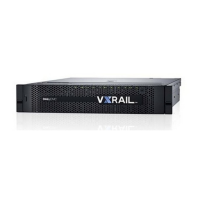
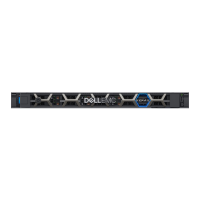
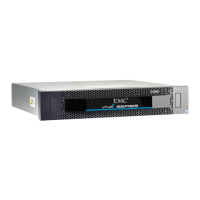
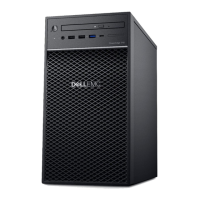
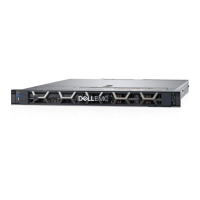
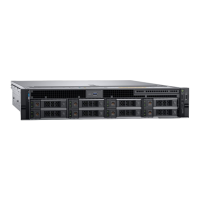
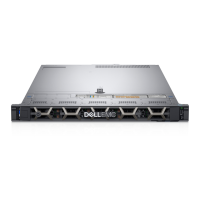
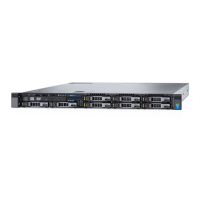

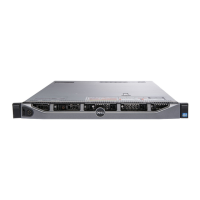
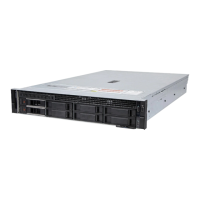
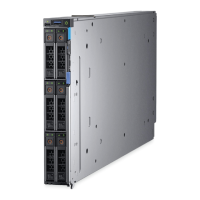
